The 5 Best Inflation-Proof Stocks
Higher prices have been a major headache for investors, but these best inflation-proof stocks could help ease the impact.
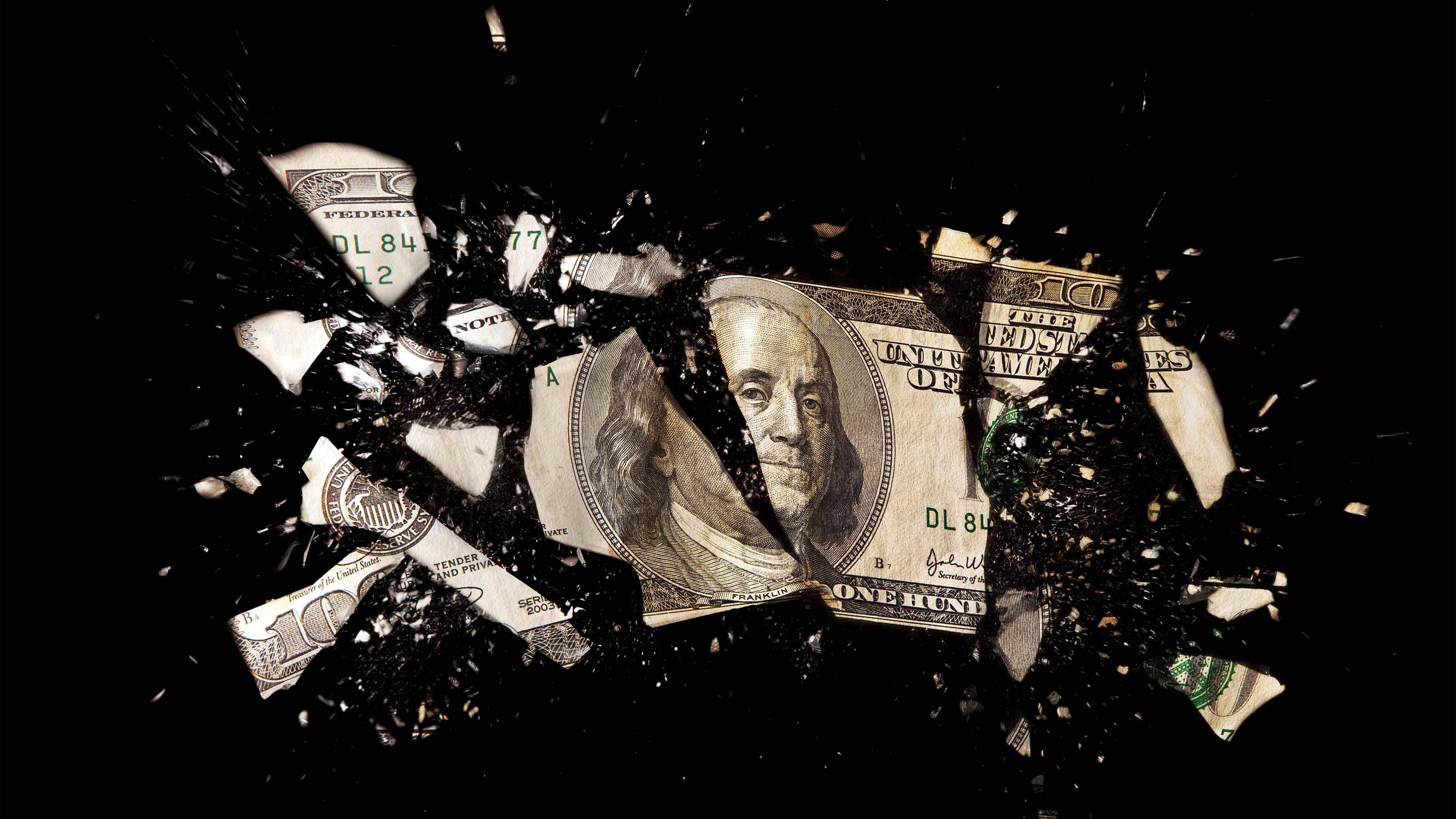

Inflation has been top of mind for investors over the past year. But those worried about the lasting effects of higher prices on their portfolios should know that there are several areas of the market that can offer safety amid increasing costs – including the best inflation-proof stocks.
Investors seeking out the top stocks for inflation should consider companies that capitalize on current economic, financial and global trends. For instance, inflation is painful, true, but for some firms, such as the best energy stocks and food manufacturers, higher prices are a boon.
And while some retailers can be hurt badly during inflationary times, others can distinguish themselves in periods of rising costs to win the hearts and minds of investors.
With that in mind, here are five of the best inflation-proof stocks. We wrote about the stocks below as good inflation hedges back in August, and here we check in on them again. The companies have continued to perform well, even if in some instances the stocks have not. Still, buy-and-hold investors, particularly those who believe inflation is with us for the long term, might look more closely at these picks.
Disclaimer
Data is as of Jan. 5. Dividend yields are calculated by annualizing the most recent payout and dividing by the share price. Stocks are listed in alphabetical order.

CF Industries
- Market value: $16.4 billion
- Dividend yield: 1.9%
Global events continue to play into the hands of CF Industries (CF, $83.78). The maker of fertilizer inputs is capitalizing on strong pricing for fertilizer due to the oldest belief of economic principles: Demand is up and supply is down.
Supply has been constricted by sanctions against Russia and Belarus, two of the leading global producers of fertilizers. Further, nitrogen-based fertilizers rely on inputs such as natural gas, which has nearly doubled in price over the past year, and in the process has curtailed production, exacerbating the supply-demand imbalance. Meanwhile, demand for fertilizers is up due to the planting of additional acreage amid rising crop prices.
To see the impact of this imbalance, look no further than CF Industries' most recent quarterly report. For the nine months ended Sept. 30, revenues more than doubled to $8.6 billion, but earnings per share were up twelvefold from 98 cents for the year-ago period to $12.04 for the most recent period.
Shares of CF Industries have risen to be sure, up nearly 18% year-over-year. Still, if stocks are valued by a multiple of earnings, an 18% increase in the share price when compared to the 1,200% increase in earnings might be construed as a mismatch. Those investors with a more cautious sentiment might feel that CF's fortunes are tied to commodities, and commodities prices are subject to large swings up and large swings down. The bull case, however, is that the stock does not reflect the earnings growth and there's more upside potential in the shares.
But long-term holders might be able to look past the current market dynamics and focus on what the arithmetic is telling them. The company has significant operational leverage at higher sales levels, has grown its dividend average annually by 26% over the past decade, according to Value Line, and is buying its stock back at a brisk rate. This is great news for investors seeking out the best inflation-proof stocks.
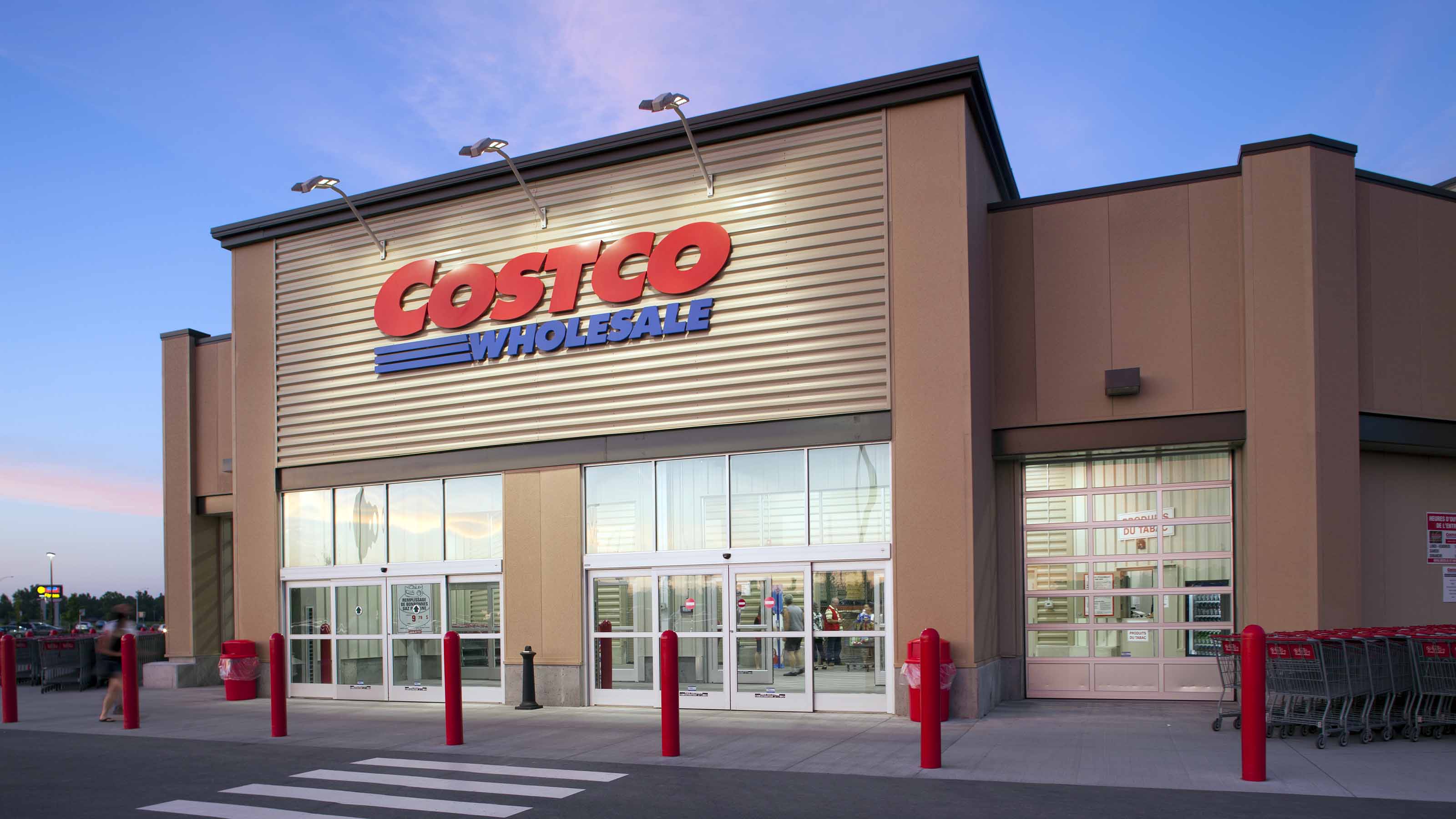
Costco Wholesale
- Market value: $199.8 billion
- Dividend yield: 0.8%
When we last wrote about Costco Wholesale (COST, $450.19) in August, we posited the stock was, at about $532, on sale. At today's levels, around $450, it has been discounted further. Still, Costco is a good buy, especially for those looking for the best inflation-proof stocks. While gravity catches up with poor-performing companies, stellar performers ultimately achieve lift.
And Costco is a stellar performer. The company has increased sales and earnings every year since 2010. In good times and bad, Costco continues to grow. Appreciating this fact requires stepping back a bit from the noise that can be created in quarterly reporting.
Specifically, some investors were sniveling over tepid growth during its quarterly report in early December, which showed quarter-over-quarter sales growth was cut nearly in half, from 15% in the fourth quarter to just 8% in the first fiscal quarter of 2023, ended Nov. 20, 2022.
Part of this can be explained by cooling costs, particularly gasoline of which Costco sells a lot. Regardless, the item to watch with Costco is not top-line growth, but its operating margins. For its first fiscal quarter ended November, while the top line cooled, the operating margin retreated just 20 basis points from 3.3% to 3.1%. (A basis point = 0.01%.)
What does this mean? That Costco can be responsive to price changes and still pull profits to the bottom line.
Notable too is Costco's bulletproof balance sheet. Cash on hand is nearly five times the current portion of long-term debt, and cash from operations for the last fiscal year was nearly double capital expenditures. Taken together, Costco can expand in good times and bad.
Finally, COST is a dividend grower. The dividend is small, about 0.8%, but investors might be encouraged that the company has grown it at about a 13% clip annually for the last decade. This says a lot about astute and prudent management. For really long-term investors, the growth in the dividend can pile up and produce spectacular cash-on-cash returns.

Devon Energy
- Market value: $39.3 billion
- Dividend yield: 9.0%
The case we made for Devon Energy (DVN, $60.17) in the summer was simple: It was operating well in a favorable environment. This still holds.
However, this is less evident in the third-quarter numbers reported at the beginning of November. Sales of $5.4 billion and earnings per share of $2.89 were slightly negative from the second quarter, but way ahead of the third quarter a year ago. In that comparison, revenues were 54% higher and earnings per share were up 133%.
This is as it should be. Oil prices were way up from 2021, but, at the current moment, are under the influence of seasonal demand patterns. Specifically, there is a decline in driving that typically occurs in the winter months and resumes during the second quarter of 2023.
And there are wildcards in oil markets that could drive prices higher. And high oil prices are good for Devon Energy and its investors. These include the cessation of drawdowns from the strategic petroleum reserve, a bias by the Organization of the Petroleum Exporting Countries (OPEC) toward little-to-no production increases to keep prices higher, and a resurging Chinese economy as the country loosens COVID-19 restrictions.
Investors can reasonably infer that Devon management remains bullish about the future. In November, the company increased its quarterly payout to $1.35 per share, or 60%, bringing the dividend yield to approximately 9%.
This is a big number. The yield for the S&P 500 Index is currently 1.8%. And while many investors would be quite happy to earn 9% ad infinitum, caution is merited with the Devon dividend. To wit, the dividend payment is broken up into fixed and variable components, with the latter dependent on cash flows in any given quarter. As the fixed component for 2022 so far has been about 13% of the total, the other 87% of the dividend could evaporate should things turn sour in the oil patch.
Finally, don't forget, Devon is shrinking its share count. The company is about $1.3 billion through a $2 billion authorization, suggesting stock buybacks will continue into 2023.

Pilgrim's Pride
- Market value: $5.9 billion
- Dividend yield: N/A
Pilgrim's Pride (PPC, $24.89), one of the largest chicken producers in the world, has declined in recent months. From a high of about $34 in early June, the stock troughed at about $21 in mid-October. It has since rebounded to trade near $25, but sentiment remains negative.
The stock performance is at odds with the financial performance of the company. For the third quarter, earnings per share were up 332%. For the nine months ended Sept. 25, earnings per share were $3.73 versus a loss for the prior comparable period. The top line for nine months was up too, by 24%.
Sentiment in PPC may be driven by stubborn bird flu and forecasts of increasing global poultry production, though the impacts of these trends on prices are divergent. Regarding the bird flu, between February and November of this year, nearly 53 million birds have been lost due to the flu or slaughters related to it. The U.S. Department of Agriculture believes that poultry production will increase 2% globally in 2023.
This creates a lot of uncertainty in the poultry business, and, by extension, Pilgrim's Pride. Still, longer-term trends favor poultry, and that's one reason why PPC remains one of the best inflation-proof stocks. Unfortunately, this uncertainty is more likely to influence share prices than industry macros and PPC's fundamentals.
But longer term, the macros are favorable. Costs for poultry products are in a long-term decline, while chicken continues to take more and share in the U.S. and globally according to the Organization for Economic Cooperation and Development.

Photronics
- Market value: $1.0 billion
- Dividend yield: N/A
It's been a tough year for semiconductor stocks. Venerable Nvidia (NVDA) and Advanced Micro Devices (AMD) are off around 50% apiece, with carnage in Micron (MU), Intel (INTC) and Taiwan Semiconductor (TSM), as well. But at Photronics (PLAB, $16.70), shares are off "just" 13% in the last 12 months.
There are good reasons for this. First, Photronics reported solid results for the year ended Oct. 31. Sales were up 24%, while per-share earnings doubled.
While in absolute terms, these are good numbers, notable was the improvement in the gross and operating margins. The gross margin improved 11 percentage points to 36%, while the operating margins were up by 12 percentage points to 26%.
Another reason Photronics seems better positioned than other semi names is because most of them are tied more closely to specific end markets. For instance, two-thirds of Marvell Technology's (MRVL) revenues come from data centers and enterprise networking, leaving it susceptible to downturns in corporate spending, which in turn are at risk in a recession.
Photronics makes semiconductor manufacturing equipment, specifically photomasks, which are glass plates used in the manufacture of integrated circuits for flat panel displays and integrated circuits. Come what may in any end market for semiconductors, Photronics is insulated from any industry concentration.
The risk in Photronics, however, can be summed up in one word: China. The company has manufacturing plants in Taiwan and mainland China. Further, Photronics has tied its strategy to China's "Made in China 2025" industrial policy, which has been increasing China's integrated circuit production. This is all well and good until suddenly it may not be.
Until such time, however, PLAB is well positioned in the semi market to capture the upside of increasing demand and prices, making it one of the best inflation-proof stocks.
Get Kiplinger Today newsletter — free
Profit and prosper with the best of Kiplinger's advice on investing, taxes, retirement, personal finance and much more. Delivered daily. Enter your email in the box and click Sign Me Up.

-
 Get Netflix, Hulu and Apple TV Plus for Free by Joining T-Mobile
Get Netflix, Hulu and Apple TV Plus for Free by Joining T-MobileT-Mobile customers save up to $35/month on streaming services thanks to this Netflix, Hulu and Apple TV Plus bundle. Here’s how to get it.
By Rachael Green
-
 Missed Tax Day? You Could Still Be Eligible for These Valuable Tax Refunds
Missed Tax Day? You Could Still Be Eligible for These Valuable Tax RefundsTax Refunds As many as one million taxpayers could be missing out on a significant tax refund.
By Gabriella Cruz-Martínez
-
 The Cheapest Places To Retire in the US
The Cheapest Places To Retire in the USWhen you're trying to balance a fixed income with an enjoyable retirement, cost of living is a crucial factor to consider.
By Stacy Rapacon
-
 Stock Market Today: Broadcom Earnings Boost the Nasdaq
Stock Market Today: Broadcom Earnings Boost the NasdaqBroadcom became the latest member of the $1 trillion market-cap club after its quarterly results, while RH also rallied on earnings.
By Karee Venema
-
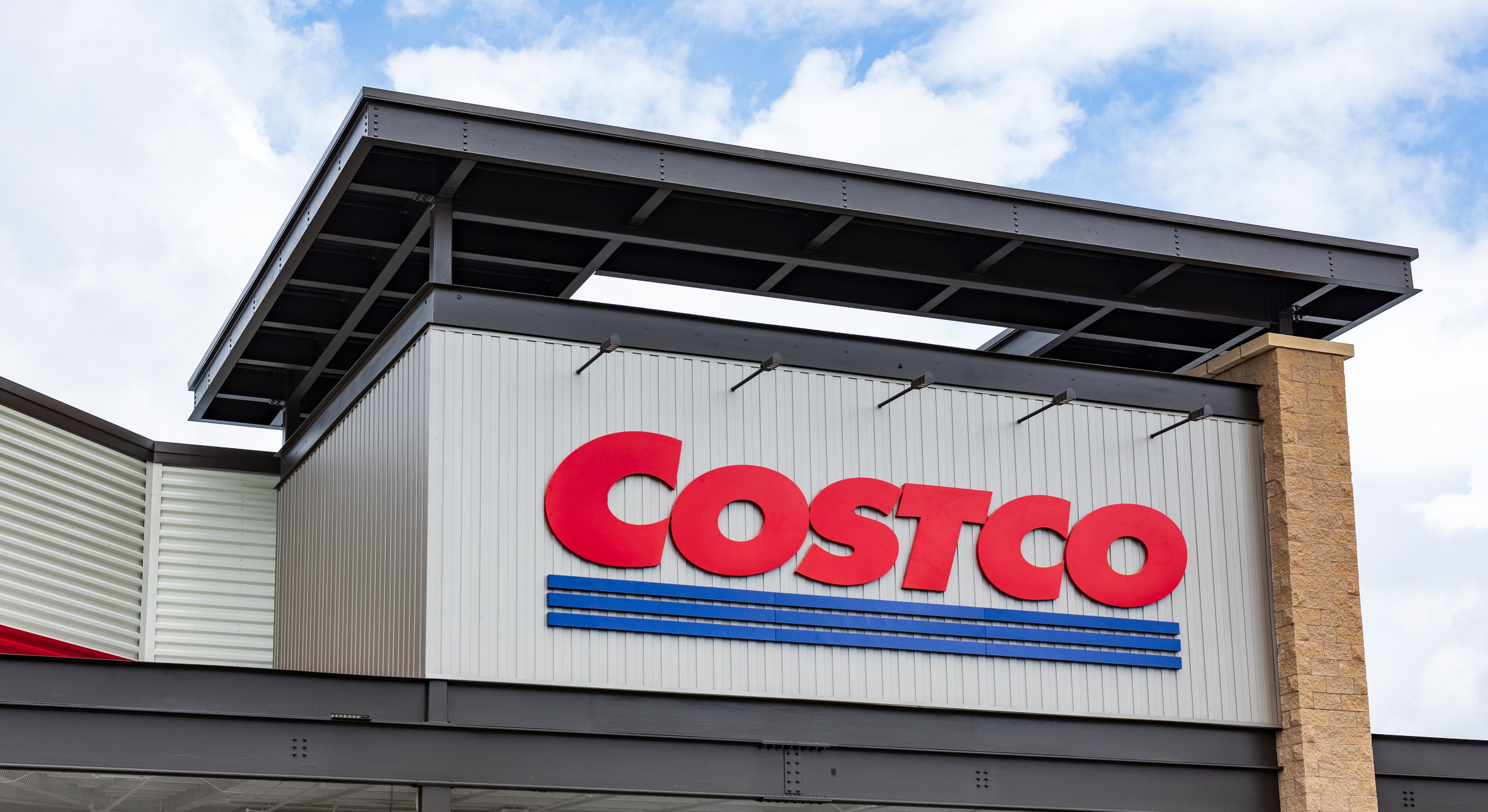 Is Costco Stock Still a Buy After Earnings?
Is Costco Stock Still a Buy After Earnings?Costco stock is slightly higher Friday after the warehouse club beat expectations for its fiscal first quarter. Here's what Wall Street has to say.
By Joey Solitro
-
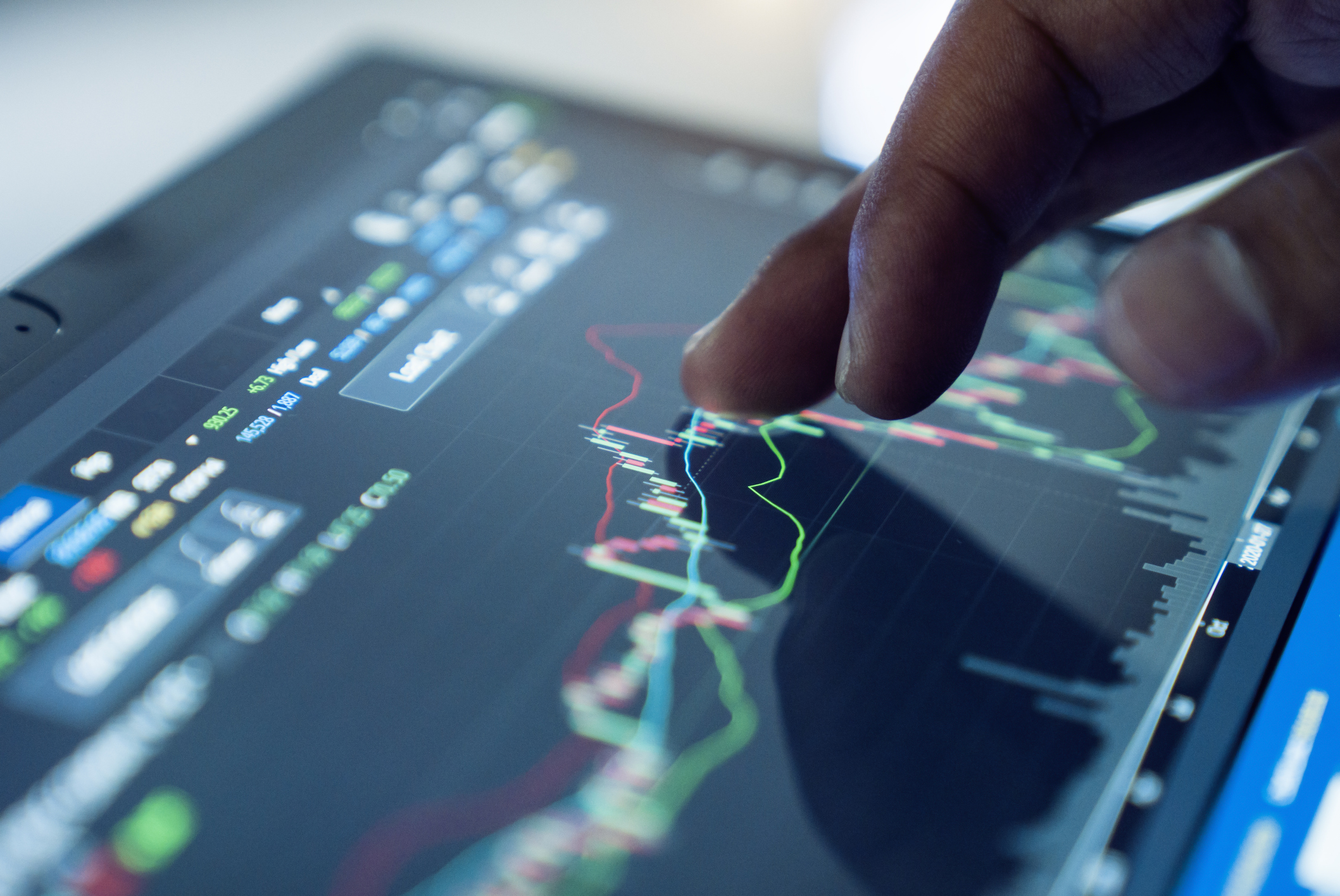
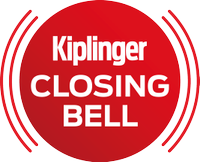 Stock Market Today: Dow Hits New High After Upbeat Inflation Data
Stock Market Today: Dow Hits New High After Upbeat Inflation DataThe Fed's preferred inflation gauge continues to cool. Markets shift focus to next week's jobs report.
By Karee Venema
-
 Why Costco Stock Is Still a Buy After a Q4 Revenue Miss
Why Costco Stock Is Still a Buy After a Q4 Revenue MissCostco stock is lower Friday after the membership warehouse firm reported a top-line miss in its fiscal fourth quarter, but Wall Street remains bullish.
By Joey Solitro
-
 Stock Market Today: Stocks Snap Lengthy Win Streak
Stock Market Today: Stocks Snap Lengthy Win StreakThe recent stock market rally ran out of steam Tuesday as sentiment turns cautious ahead of Jackson Hole.
By Karee Venema
-
 Stock Market Today: Markets Mixed as Rising Rate-Cut Bets Boost Small Caps
Stock Market Today: Markets Mixed as Rising Rate-Cut Bets Boost Small CapsA surprisingly soft inflation report sparked a rotation from mega-caps into riskier names.
By Dan Burrows
-
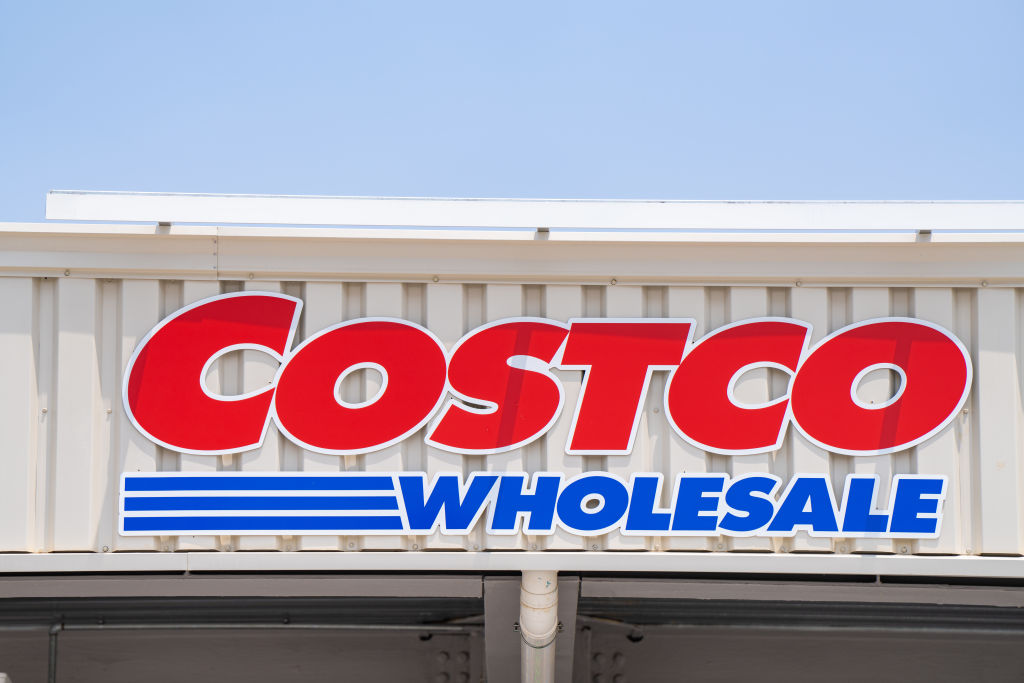 Costco Stock Falls Despite Earnings Beat. Here's Why
Costco Stock Falls Despite Earnings Beat. Here's WhyCostco's earnings report showed strong demand for gold bars and silver coins. Here's what you need to know.
By Joey Solitro
